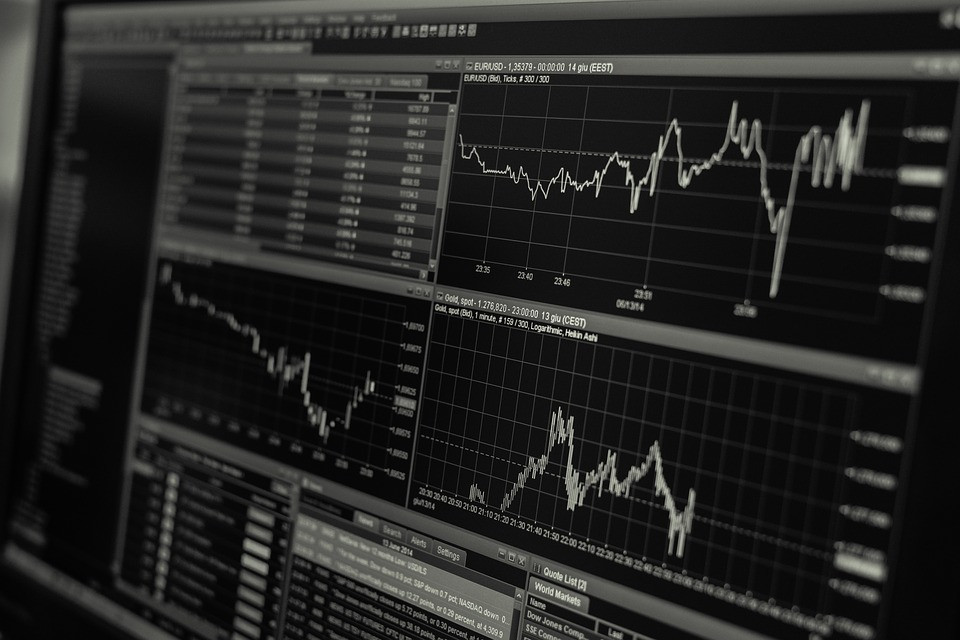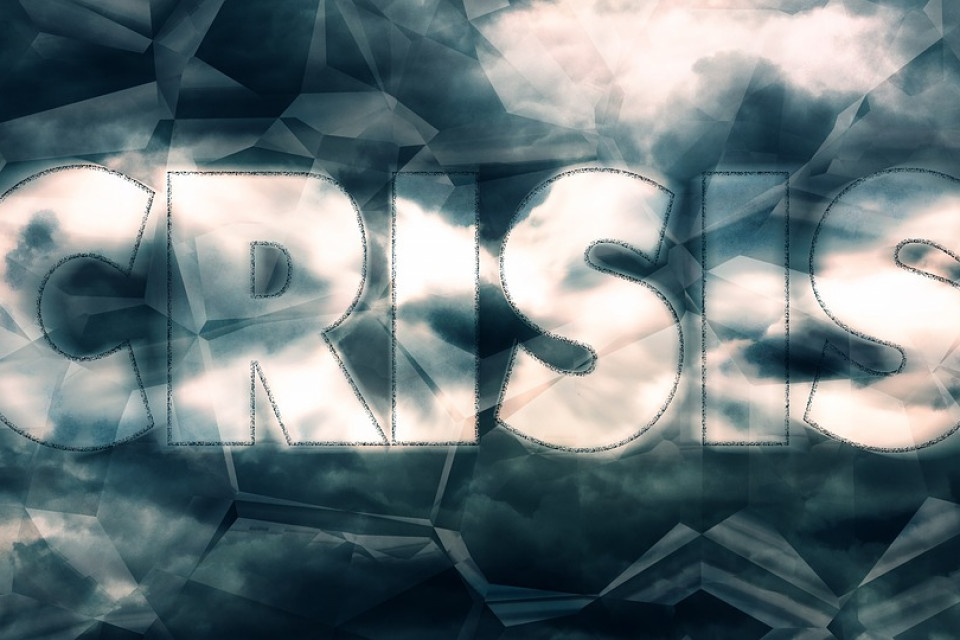The European economy is going through a sharp slowdown phase since the middle of last year, to which the Spanish economy has largely remained alien to, at least until now. The growth of Spanish GDP in 2018 slowed to a rate of 2.5%, but the quarter-on-quarter rate remained stable in the third quarter at 0.6% and in the last quarter it even accelerated to 0.7%, in sharp contrast with the abrupt Eurozone slowdown, which went from rates of 0.4% in the first two quarters of the year to 0.1% and 0.2% in the third and fourth, respectively. Particularly alarming was the fall of GDP in Germany in the third quarter of the year and Italy entry into a situation of technical recession.
This slowdown has its origin in industry, specifically in the automotive sector, whose activity remained paralyzed in most of Europe at the end of summer as a result of disruptions caused by the adaptation to regulatory changes in the procedures for measuring emissions. The stagnation of sales in recent months, relatively widespread throughout the continent, as a result of the uncertainties felt by the buyers in the face of possible restrictive measures to the circulation that could be adopted -or are already being adopted- in many cities, also is having a negative impact on the sector activity.
All this coincided with a sharp drop in international trade, derived largely from the weakening of growth in China -whose magnitude may be more intense than official figures indicate-, which may help explain the sudden relapse of the European economy.
Another explanatory factor is the uncertainty about the impact of trade wars on the organization of globalised production chains, which may have held back international investment.
Finally we have to mention another uncertainty that may be holding back investment, that which is derivatived from Brexit.
Industrial activity also suffered a setback in Spain in the last quarter of the year, although it was not limited to the automobile sector, but rather was quite widespread and also linked to the loss of dynamism in exports that had already been observed since the beginning of the year. However, the momentum of the other economic sectors, driven by the strength of domestic demand, offset the negative evolution of the industry sector.
Precisely this element, the high dynamism of domestic demand, is what marks the difference between Spain and the rest of the Eurozone. Both private and public consumption and investment grew significantly in Spain above the rest of the Euro area in 2018. This strength is the result of an intense creation of employment and the containment of labour costs, as well as the fall in interest rates that has made possible a significant decrease in interest payments on the household and business debt.
The growth of national demand and GDP since 2014 has not been accompanied, at least so far, by the generation of imbalances (in the private sector): there has been no increase in indebtedness (on the contrary, it has reduced); it has generated an external deficit, nor has it lost competitiveness in costs (although this may be starting to change), nor has any bubble formed in any sector (despite the bonanza of the construction sector and the increase in the price of housing, we are not in a bubble situation right now) and banks are also healthy.
However, there has been a tipping point in the household balance sheet situation. Their savings rate has been reduced to such an extent that their financial balance is once again in deficit, This is to say, households are again in a situation of needing financing, the clearest manifestation of which is the increase in consumer credit.
This does not imply that we are facing the generation of a new macroeconomic imbalance, since the disposable income of households is growing more than their debt and the burden of paying it is also at historic lows due to the low interest rates. In addition, these will be kept at quite low levels for a long time. Because of this, households are not at risk of not being able to cope with their debts repayments, so it is unlikely that they will be induced to incur spending (in macroeconomic terms, of course, there may be individual households that are in such a situation). However, we have to remain vigilant about the possibility that a continuous growth in the household deficit will lead to a situation of risk within a few years.
Consequently, in the medium term, a recession derived from internal factors it is quite unlikely, since, in the absence of imbalances, the triggering of macroeconomic mechanisms that lead an economy to its self-adjustment is not expected.
What can indeed be expected is a slowdown due to the natural depletion of the growth capacity of demand as the cycle progresses and the final impact of certain positive shocks in recent years. Thus, this year we expect that growth will already below the long-term growth rate, which is 2.5%.
However, this does not mean that there is no risk of recession at all. The risks do exist, but they come from abroad. An steep deterioration of the international economy would impact the national economy through the decline of exports, which would lead to a fall in industrial activity, investment, employment and, finally, consumption.
In the case that this external shock actually happens, there are two elements that could amplify its impact. The first is the aforementioned reduced level of the savings rate, which although by itself is not, for the time being, a potentially triggering factor of a correction, it does convert consumption into a vulnerable macroeconomic variable in the face change of cycle, since In the event of an severe slowdown in growth, uncertainty would prompt households to try to readjust this rate by modifying spending, which would aggravate the situation.
The other element is currently the greatest vulnerable factor in the Spanish economy: the high structural public accounts deficit together with its high indebtedness.
This implies that there is no room for manoeuvre to implement an expansive fiscal policy in the context of a change of cycle, since the deficit and indebtedness would skyrocket to levels that might raise doubts about its sustainability. This could unleash tensions in financial markets and raise our risk premium, forcing us to make a fiscal adjustment right in the middle of a period of economic weakness. Thus, after a period of growth above the Euro area average, favoured by a consumption that is growing on the limit of what disposable income allows and by an incomplete fiscal adjustment, we would find ourselves in a crisis more intense than this average, as a result of the limited room for manoeuvre left by both these developments. This amplification of the phases of expansion and crisis is a traditional feature of business cycles in Spain.
Nevertheless, the likelihood of this risk scenario originating in the international economy now seems reduced. Most analysts believe that the deterioration suffered by the European economy in recent quarters is a temporary blip, so it would not affect the overall growth prospects of the Spanish economy, which would continue its path of slow deceleration as expected. However, we have to remain vigilant, because if the situation in Europe continues to worsen, it could lead to a greater economic slowdown.











